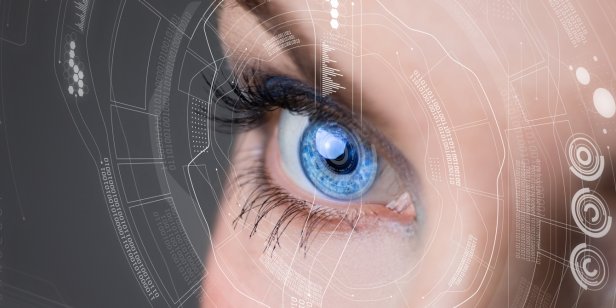What is the megapixel of Human Eye?
The human eye is truly a marvel of nature. Not only does it allow us to see the world around us, but it also plays a crucial role in the process of remembering and recognizing things. But have you ever wondered just how powerful the resolution of the human eye really is?

Recent studies have estimated the resolution of the human eye to be around 576 megapixels. To put that in perspective, the average digital camera on a smartphone has a resolution of around 12 megapixels. This means that the human eye has a resolution that is nearly 50 times greater than that of a high-end smartphone camera.
But the human eye is not simply a camera with high resolution. The eye has a much more complex visual system than any digital camera. The eye can perceive a wider range of colors and can adjust to different lighting conditions and focus on different objects at different distances. Additionally, the brain also plays a crucial role in interpreting and processing visual information, allowing us to recognize patterns, identify objects, and make sense of our surroundings.
The resolution of the human eye is determined by the number of light receptors in the retina, called rods and cones. These receptors are responsible for converting light into electrical signals that are sent to the brain. The retina has around 120 million rods and 6 million cones, which work together to provide us with sharp, clear vision.
Another amazing feature of the human eye is its ability to adapt to different lighting conditions. In low light, the eye is able to increase the number of light receptors that are active, allowing us to see in near darkness. In bright light, the eye will decrease the number of active receptors to prevent over-exposure. This ability to adapt to different lighting conditions is known as "dynamic range" and is a feature that most digital cameras struggle to replicate.
In addition to its high resolution and ability to adapt to different lighting conditions, the human eye also has the ability to focus on objects at different distances. This is known as "accommodation" and is achieved through the action of the ciliary muscle, which changes the shape of the lens in the eye. This allows us to see both near and far objects clearly, without the need for separate lenses as in cameras.
The human eye is truly an amazing organ, and its capabilities far surpass those of any digital camera. Its high resolution, ability to adapt to different lighting conditions and ability to focus on objects at different distances all work together to provide us with clear, detailed vision.
In conclusion, The human eye is truly a miracle of nature, and it is amazing to think about all the incredible functions it performs on a daily basis. With a resolution of 576 megapixels, the human eye is capable of capturing more visual information than any digital camera. Add to that its ability to adapt to different lighting conditions and focus on objects at different distances and you have an organ that is truly one of a kind.














